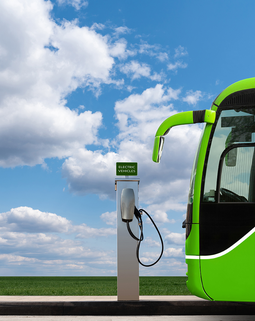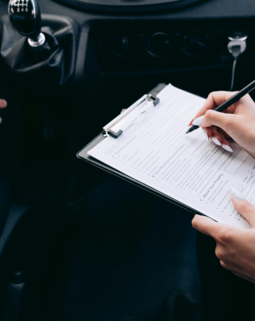E- Mobility has finally hit Africa and entered Kenya with the revolutionizing Opibus leading the way. Opibus was launched out of a research project at the Swedish University in 2017, aiming to minimize carbon emissions due to the dense traffic. In 2017, all countries like Europe and US came up with various ways to maximize carbon reduction in their transport sector. Africa, having moderately clean air, had to come up with a solution too.
This is when Mr. Albin Wilson, the marketing officer at Opibus, says we needed tailored vehicles in our country. Electrifying the whole transport industry was our solution. Being in such a highly populated area and dense transport of Kenya, Opibus decided to convert the gas combustion engines to electric ones to save cost and labor. This way, they can reuse the vehicle’s transmission systems and the drive shaft, making the paddle system work like a regular diesel engine car. Using this method, the vehicle is re-designed and given a new life without changing its body and maximizing efficiency.
Opibus first focused on shared transportation systems like buses and motorbikes. Then, the private car owners would switch if they get to their maximum efficiency with minimum carbon emission. Approximately 90 percent of the motorbikes running on the roads of Kenya are by micro-entrepreneurs, i.e., people purchase these motorcycles on lease and use them for further transport and business activities and pay off within a certain period, usually 14 months.
With the fuel prices rising by about 26% in the previous year, Opibus had its motive to take this community of micro-entrepreneurs to switch to battery-powered vehicles where they will be able to save 60% of the operational cost of the motorcycle. Moreover, if more saving is done, they will be able to pay back the remaining amount faster, giving them more leverage to earn profits. They also made charging electric bikes as simple and easy as charging a cell phone.
Buses, on the other hand, move on a pre-defined route. Therefore they have proper charging stations between their routes where they can charge at a particular time during their commute. Considering these drivers drive up to 100 km daily, the dual batteries, which can run up to 200 km, would be abundant. Today a sum of 150 motorcycles and 12 vehicles by Opibus are running on the roads in Kenya. They aim to produce more than 3000 motorcycles in Kenya by next year.
Kenya today has 86% energy production, of which 20% is overproduced. That is why Opibus opted to operate its business from Kenya, as it is the best market for renewable energy production. Their main goal started from minimizing carbon emissions, and today they are revolutionizing the whole transport industry of the country. This revolution in the transport industry will not only change the country's outlook but will also help provide enough employment opportunities for the dense population of Kenya.





